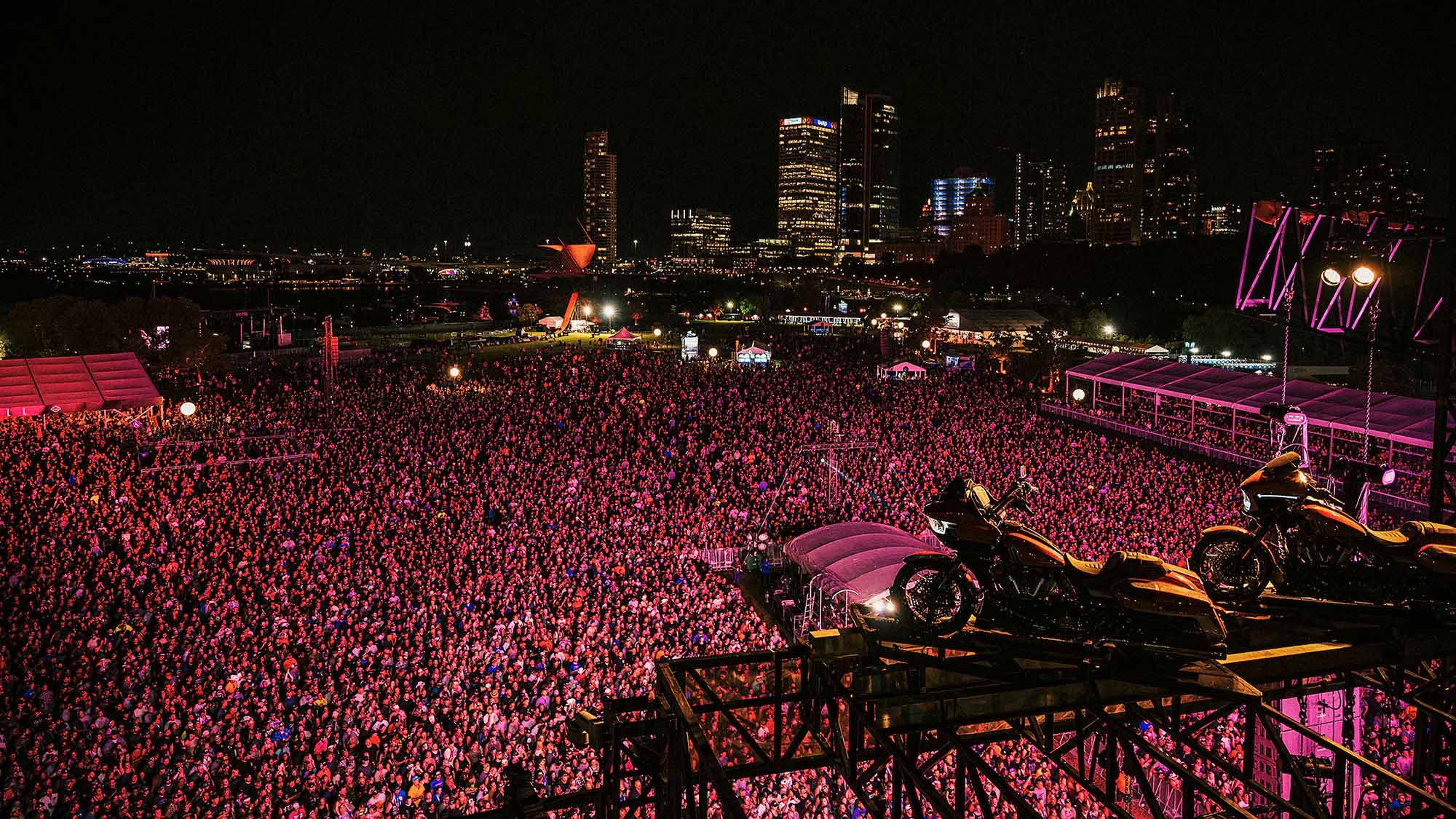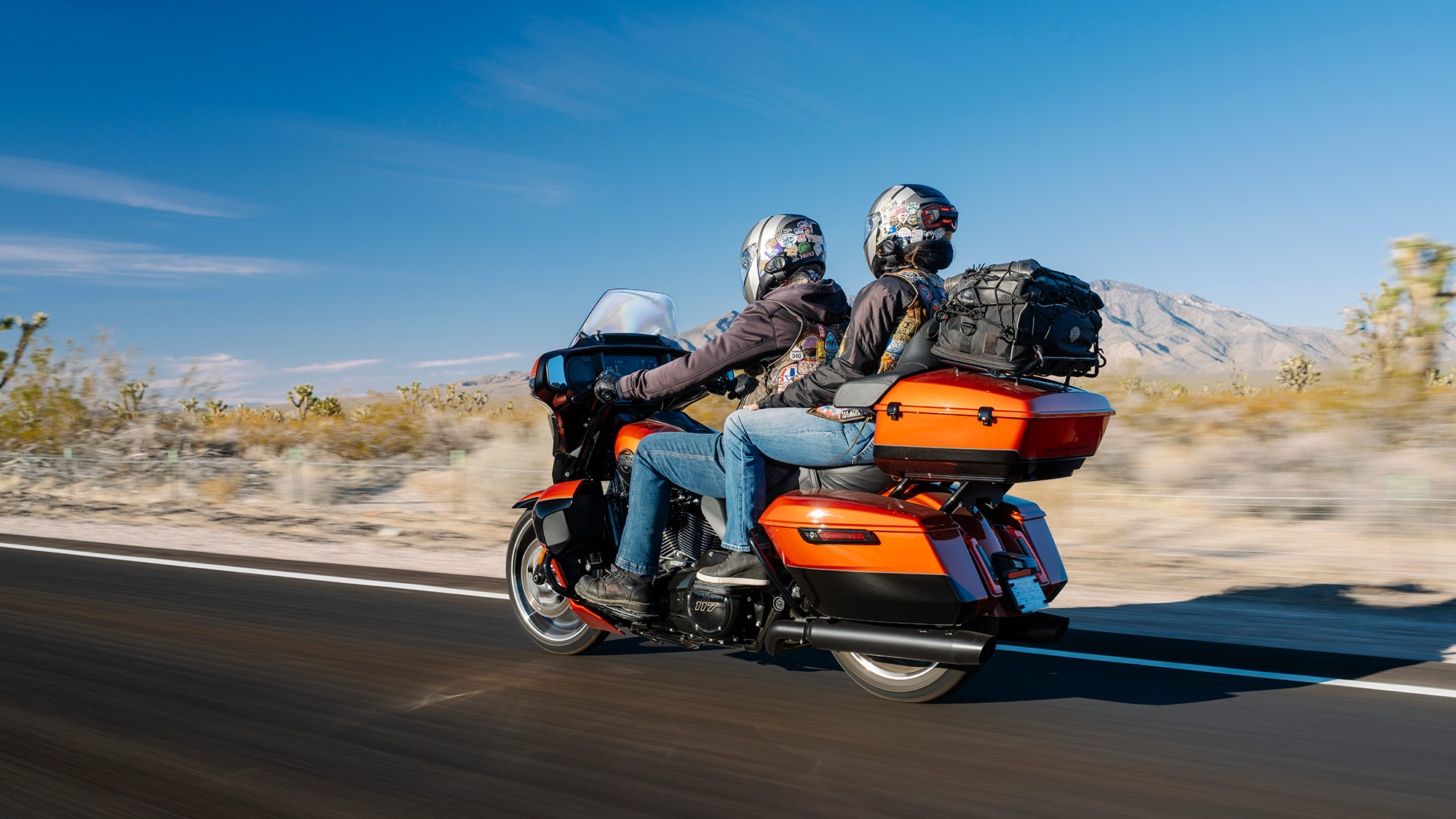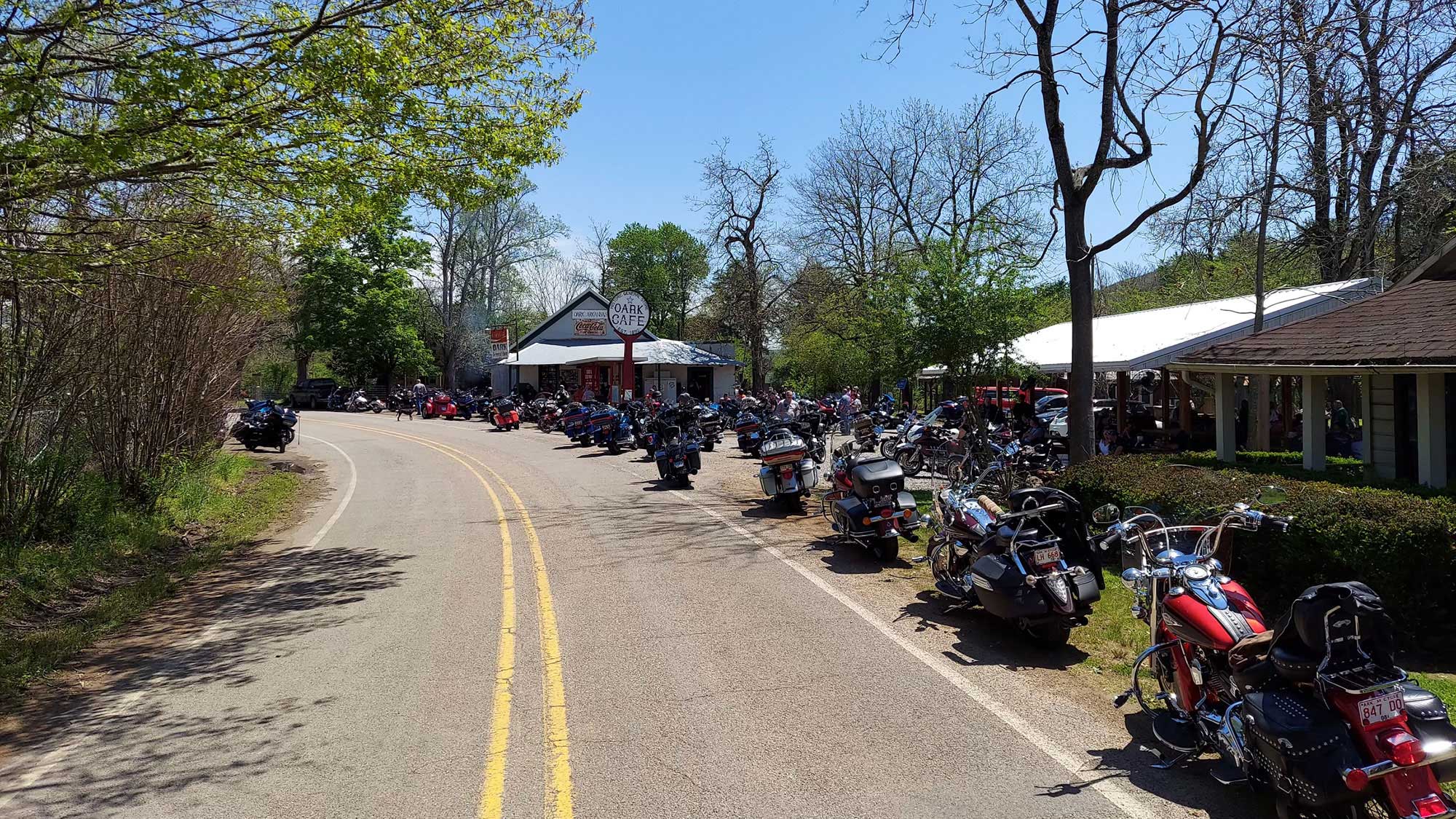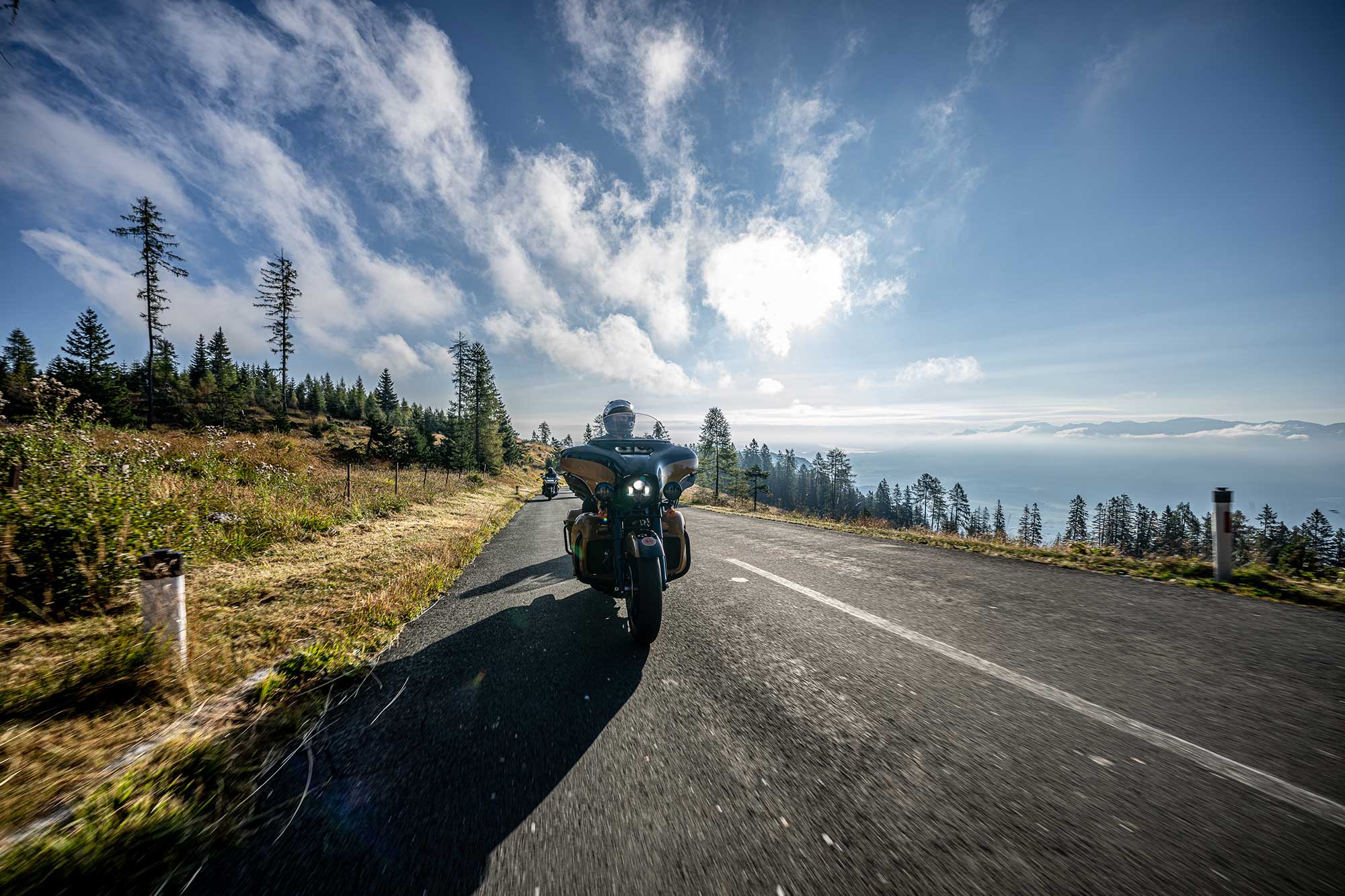
Riding at Rallies
Get ready for the season ahead with these tips for navigating events with your Harley-Davidson motorcycle
With rallies, shows and events coming thick and fast now, let’s take a look at the different strategies for riding safely at rallies. Are there really rally-specific strategies, you may wonder? Well…
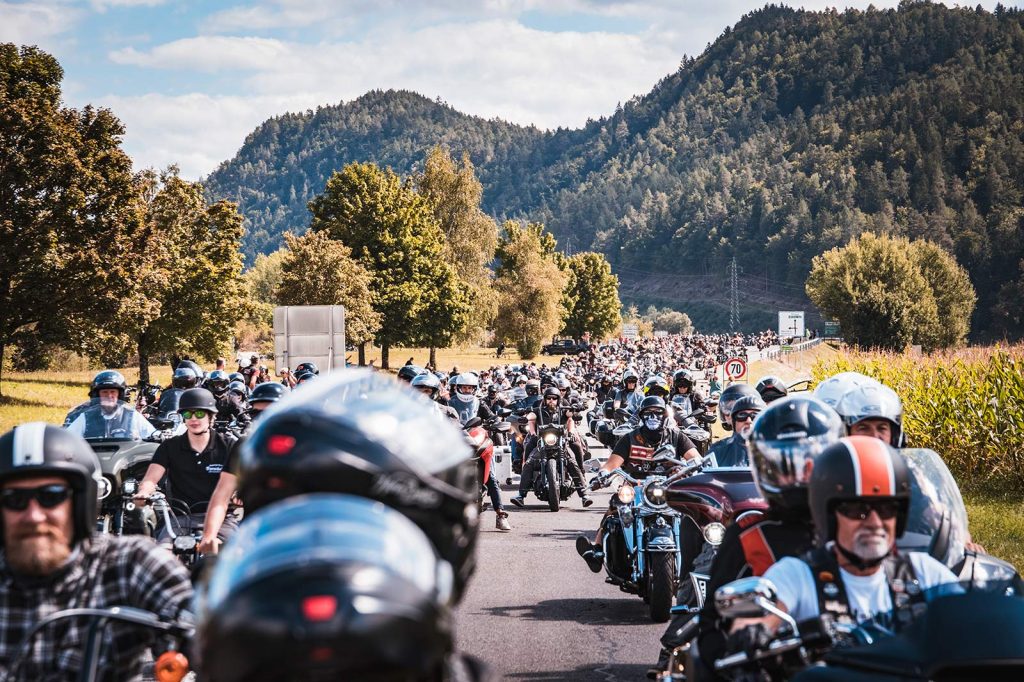
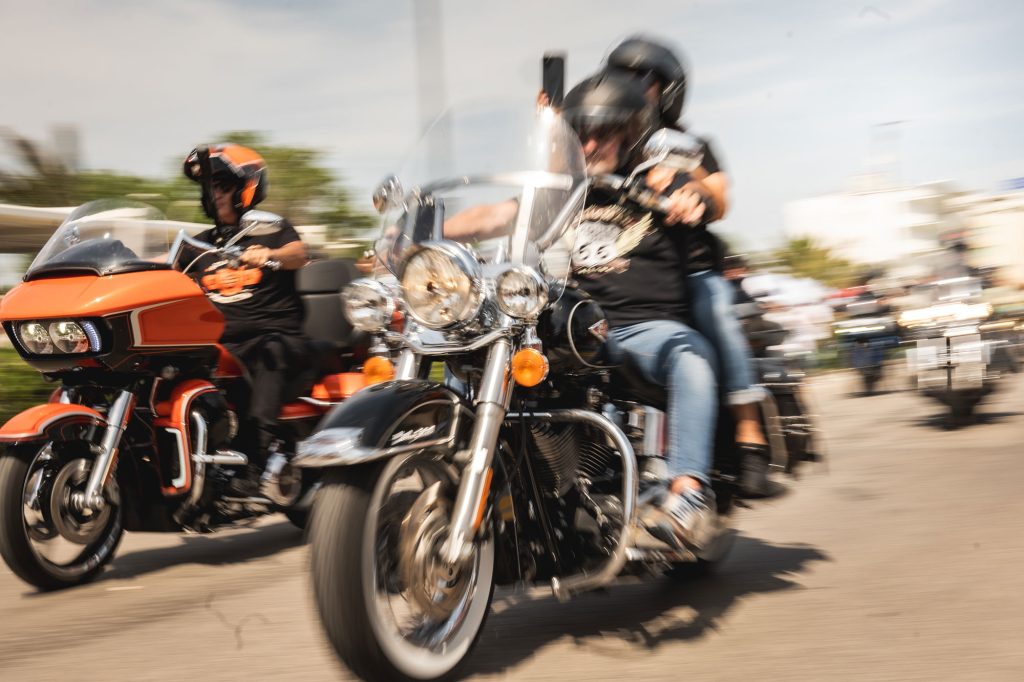
While rallies serve up some of the best experiences available for motorcycle enthusiasts, they also come with their share of unique challenges. It’s inevitable that thousands of motorcyclists arriving in a single town or region (especially one they’re unfamiliar with), and experiencing new roads, new laws, and unexpected situations, heightens both the excitement and potential dangers of a major rally.
Having the right mindset, practicing a few skills and safe riding strategies, and being aware of the ground rules are essential. These will maximize your safety and the amount of fun you’ll have.
Whether it’s a planned excursion with friends, an organized parade, or the impromptu accumulation of riders that naturally occurs at big events, riding in large groups is a near certainty at most rallies. But don’t fret; it’s also one of the greatest experiences to have, and following some basic advice easily minimizes the risks.
Perhaps the most important general advice is not to get too caught up in the excitement. No matter where you ride, always do it within your own comfort zone, ride at your own speed, make your own decisions, don’t blindly follow the person in front of you, don’t assume people around you know what they’re doing, and always stay calm. In short, just ride your own ride.
There are some special situations that can be extra challenging. For instance, most big Harley-Davidson and H.O.G. events offer a number of well-attended activities, such as concerts and parades. If you want to avoid traffic congestion when these events end and multitudes of people try to leave at once, time your departure to avoid the rush.
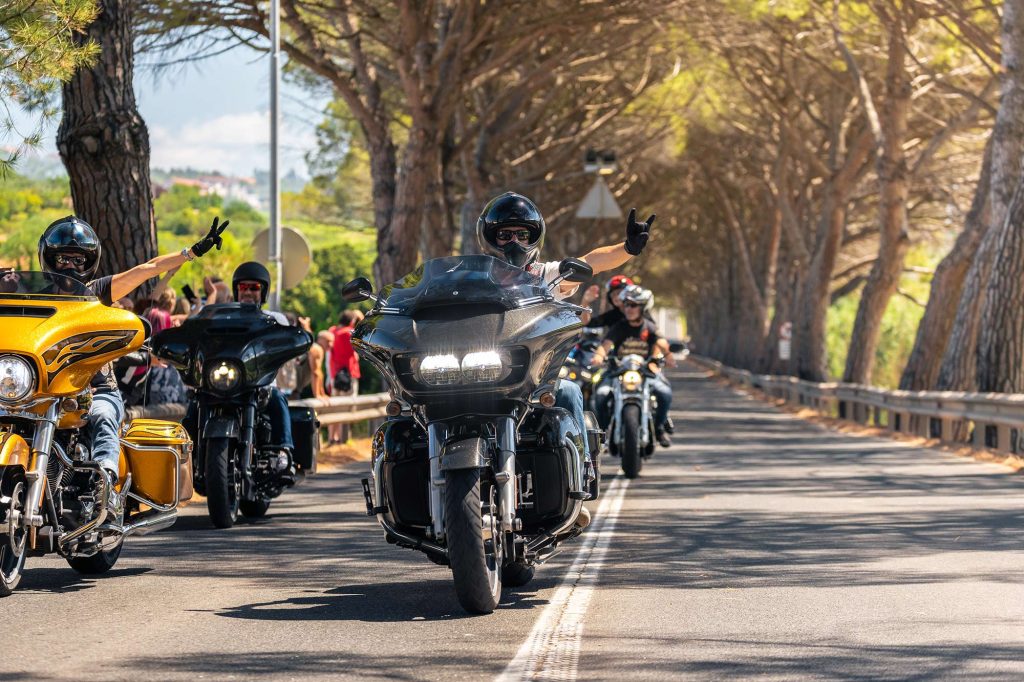
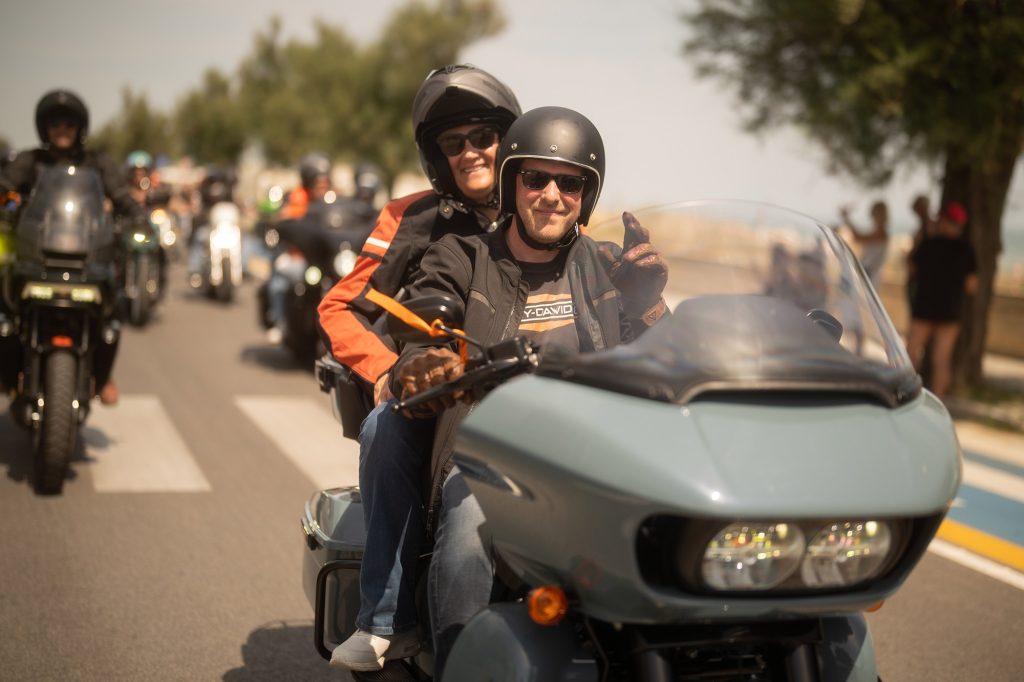
While there’s safety and virtue to taking the road less traveled, beware the potential challenge of riding the roads never traveled. New places and roads can be exciting, but they can also be distracting and unpredictable. If it’s your first time at a particular rally, be especially careful about getting around until you become familiar with the layout of the event. Chances are, you’ll miss a road junction or an exit at some point. When it happens, don’t force an erratic maneuver or attempt a U-turn. Instead, take your time, go to the next junction or exit, and revise your route accordingly.
It’s also important to be even more vigilant about using these common safe-riding strategies:
• Ride at a speed you can easily slow down or stop from.
• Search aggressively within the visible sight distance.
• Always position yourself to have an escape path.
• Cover your brake and clutch controls to reduce your reaction time, especially when approaching an area with limited visibility or complexity, like a junction or intersection.
• Pay attention to road signs.
It may surprise you to know that one of the most common accidents at rallies is the slow-speed tip-over, and there are several reasons why it’s common. Many popular destinations encourage street parking where motorcycles are parked in parallel and close together along each side of the road to maximize available parking space. Add to the mix the commotion of so many riders and pedestrians, very slow speeds in such areas, and the added pressure of being watched by hundreds of peering eyes, and you have a recipe for tipping over.
The best way to avoid tipping over in parking situations is to practice riding slowly. Find a parking lot, preferably one with a crowned, asphalt surface that replicates most roads, and begin by practicing slow riding. That is probably the most important skill, but it’s also worthwhile to practice the steps of actually parking, especially backing into a spot. Do this a half-dozen times before your trip, and you’ll be a pro when doing it later on.
Another useful tip is to park like you’re planning to leave in a hurry – with the rear wheel to the curbside and the front wheel pointing toward the middle of the road. Use gravity to assist backing into the spot and leave an open, usually uphill, path forward to pull out. Always park in a spot where your bike’s kickstand provides optimal balance, and bring a puck or pad to place underneath the kickstand to help avoid tip-over due to soft asphalt or an unstable surface.
While practice and smart strategies can minimize the chance of a tip-over, it may still happen. If it does, don’t panic. It is, of course, embarrassing, but remember it happens to almost everyone at some point, and the worst thing you can do is rush the situation. Instead, take a moment to evaluate yourself and your motorcycle. For example, if you tweaked a knee, don’t make it worse by trying to wrestle your bike upright by yourself – recruit help from nearby. Then make sure nothing is broken on the bike, such as the control levers. Gather your wits and calmly return to whatever task you were performing that resulted in the tip-over. And of course, when you can, always offer to assist a fellow rider who’s tipped over – it’s good biker karma!
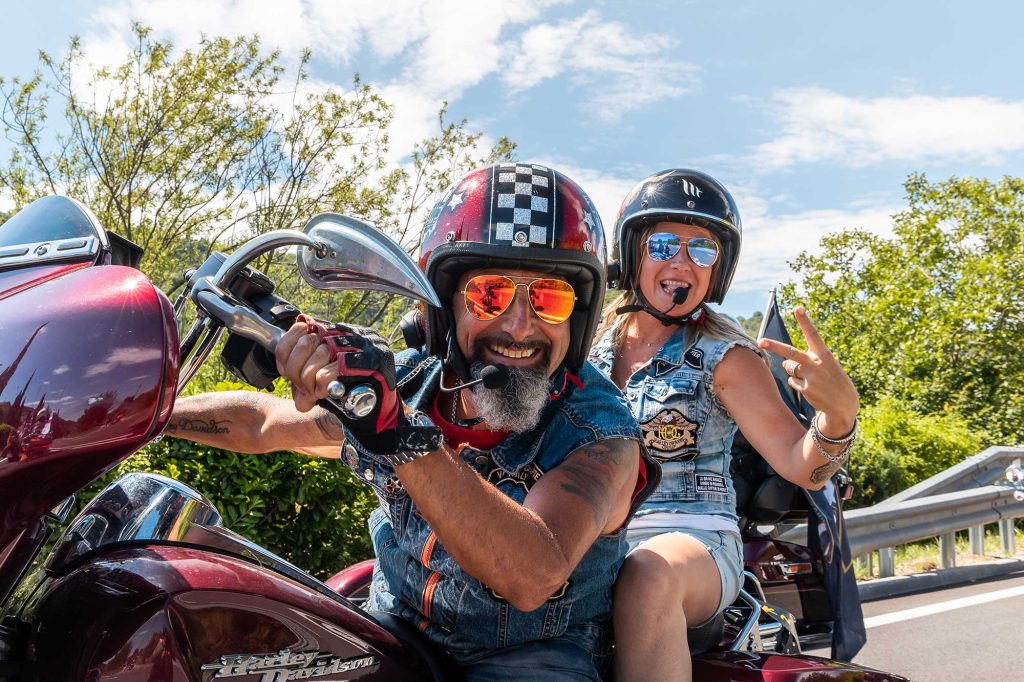
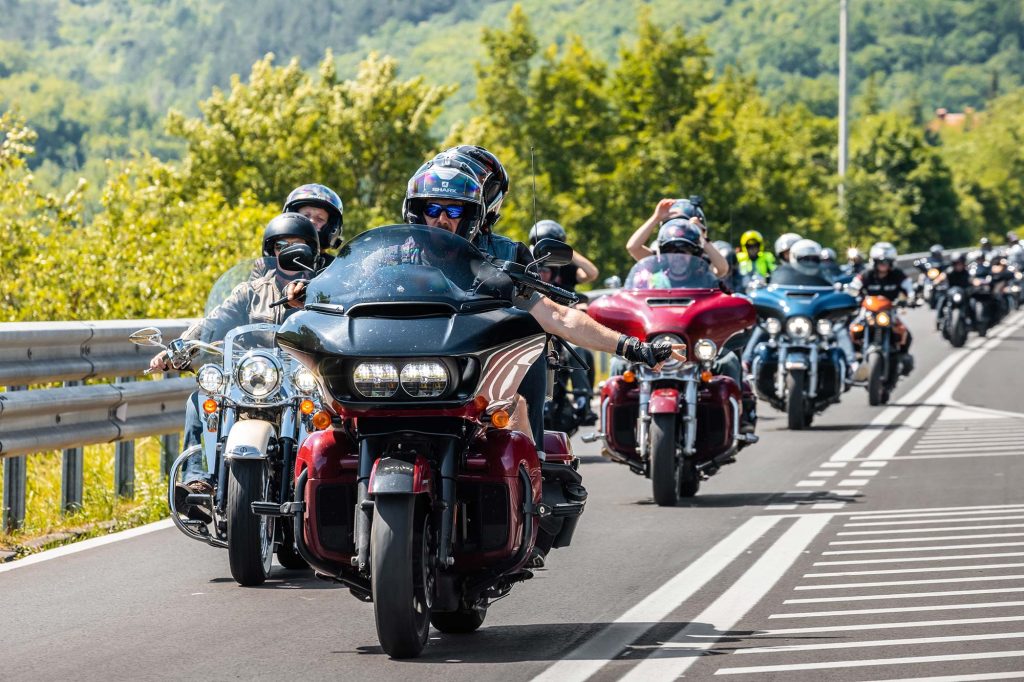
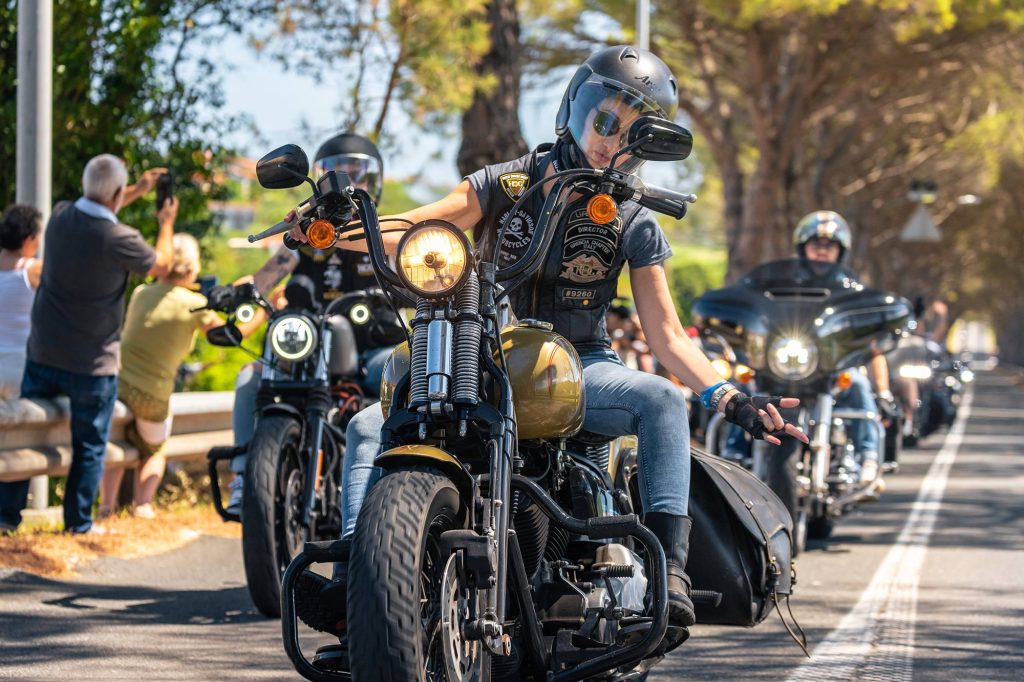
Tags:
Read more tales from the Harley Owners Group!
Events calendar
superscript subscriptFrom multi-day rallies to regional and touring rallies, there’s something for everyone in the coming year
New riding routes for 2025: part four
As part of RIDE 365, we select a handful of U.S. destinations each year that are famed for their riding experiences and reward members for completing them. We have 15 great rides for 2025—here are the next three…
